Code de contenu
e0278
Slug (identifiant)
the-response-process-after-reading
Contenu parent
Niveaux
Grade 3
Grade 4
Grade 5
Grade 6
Matière
English Language Arts
Contenu
Contenu
Corps
When you are done reading or viewing, go to your notebook and reflect on the information you learned from the text. You can do this by follow these steps:
Titre (niveau 2)
Summing Up the Main Points
Slug (identifiant) du title
summing-up-the-main-points
Contenu
Corps
You sum up the main points when you briefly rephrase in your own words what you have read/viewed/listened to.
Contenu
Corps
Here are examples of questions you may ask yourself when you are summing up the main points:
Image
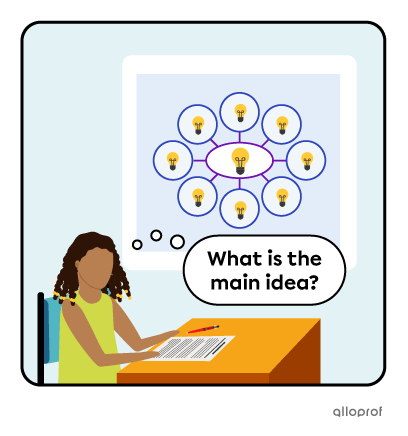
Image
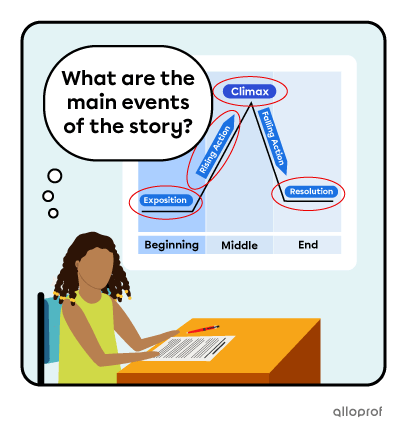
Image
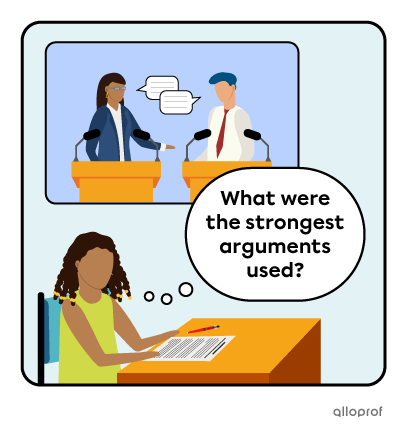
Titre (niveau 2)
Analyzing and Interpreting
Slug (identifiant) du title
analyzing-and-interpreting
Contenu
Corps
To analyze and interpret, here’s what you need to do:
| Read between the lines | hidden meaning |
| Identify the author’s intention | message |
| theme(s) | |
| Rate text quality | text clarity |
| text structure | |
| information relevance |
Contenu
Corps
Here are examples of questions you may ask yourself when you are:
Légende
Reading between the lines
Image
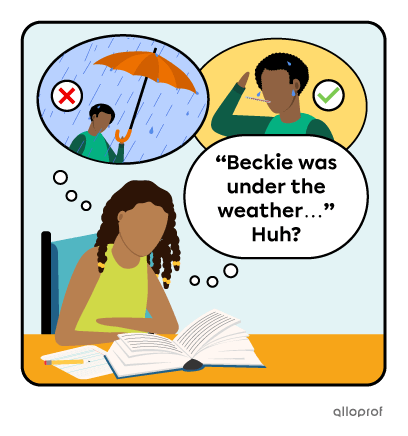
Titre
Types of questions to ask yourself:
Description
- “What does it mean?”
- “Is there a deeper meaning?”
Légende
Identifying the author’s intention
Image
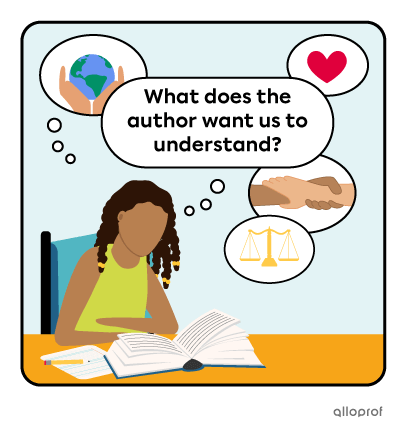
Titre
Types of questions to ask yourself:
Description
- “What are the intentions of the authors/creators?”
- “What is the message that I must understand?”
- “What are the themes that I have to explore?”
Légende
Deciding if the message is clearly delivered and easy to understand
Image
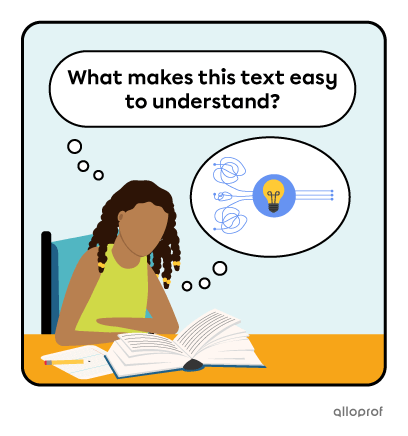
Titre
Types of questions to ask yourself:
Description
- “What made the message easy or challenging to understand?”
Titre (niveau 2)
Reflecting and Evaluating
Slug (identifiant) du title
reflecting-and-evaluating
Contenu
Corps
You reflect and evaluate when you:
- Ask yourself questions to see if you connected to the text/media.
- Try to go deeper in your understanding by asking yourself “what if” questions.
- Try to figure out the important message from the text.
- Express your personal opinion using structure and some sort of grading system (stars, thumbs up or down, etc).
- Try to see if this story reminds you of anything happening in the real world.
Corps
To reflect and evaluate:
| Ask yourself | |
| How did you connect to… | … the text? |
| … the audio? | |
| … the video(s)? | |
| … the image(s)? | |
| Does it remind you of something that happened… | … to you? |
| … to someone you know? | |
| … close to you? | |
| … somewhere around the world? | |
| What if…? | |
| Express and structure your opinion using | |
| Clear and organized paragraphs | |
| A grading system to grade your likes or dislikes: | stars |
| thumbs up/thumbs down | |
| grade out of 5 or 10 | |
| Try and figure out the | message |
| theme(s) | |
| intention | |
Contenu
Corps
Here are examples of questions you may ask yourself:
Légende
When you want to make sure you connected to the text/media
Image
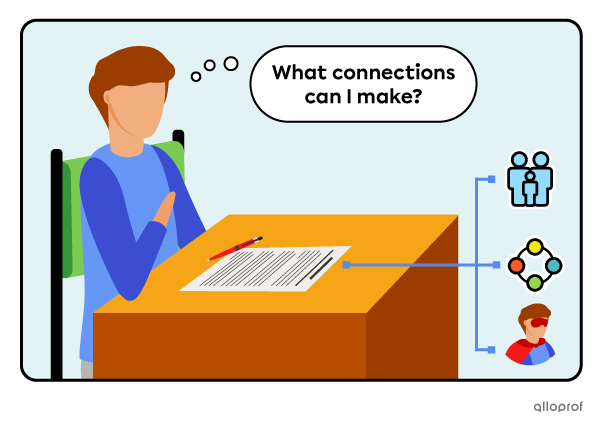
Titre
Types of questions to ask yourself:
Description
- “How does this story remind me of something I experienced in my own life?”
- “How do I connect with the characters or share some of their feelings?”
Légende
When you try to go deeper in your understanding using “if” questions
Image
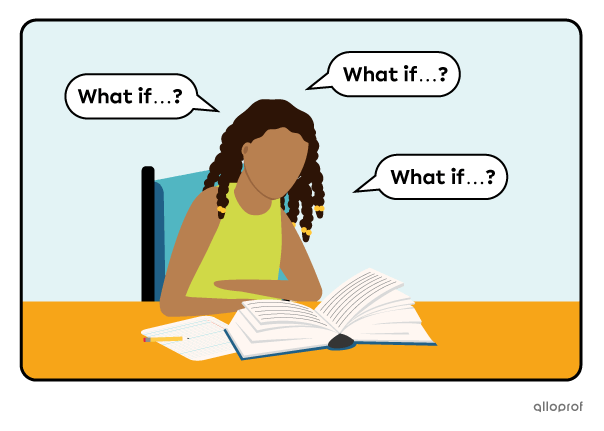
Titre
Types of questions to ask yourself
Description
- "How would the ending change if the story were different?"
- "If I met a character, what would I ask him/her?"
Légende
When you try to figure out the key message from the text.
Image
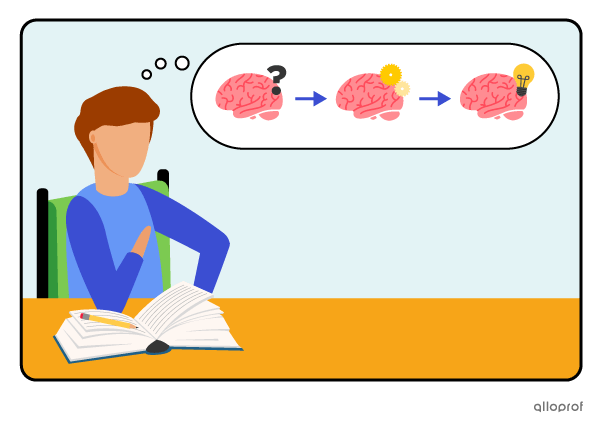
Titre
Types of questions to ask yourself:
Description
- “What did I learn from this?”
- “What could I do differently after reading this?”
Légende
When you express your personal opinion using some sort of grading system (stars, thumbs up or down, etc.)
Image
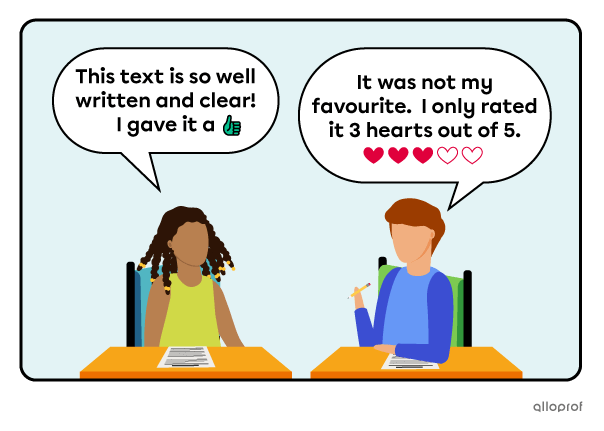
Titre
Type of questions to ask yourself:
Description
- “Would I recommend this to a friend? Why or why not?”
Légende
When you try to see if this story reminds you of anything happening in the real world
Image
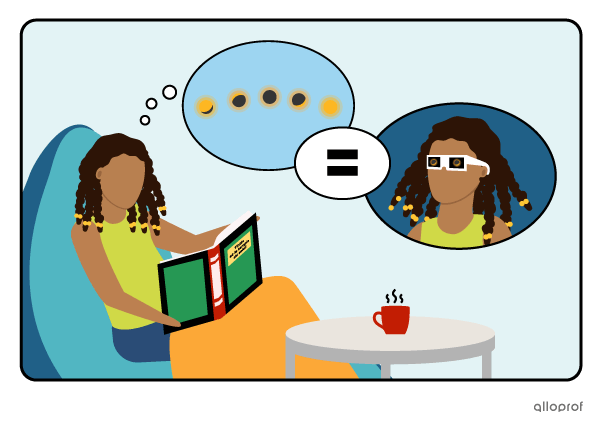
Titre
Type of questions to ask yourself:
Description
- “How can I make connections between what I have learned and what is going on in the world?”
Titre (niveau 2)
After Reading Steps Recap
Slug (identifiant) du title
after-reading-steps-recap
Contenu
Image
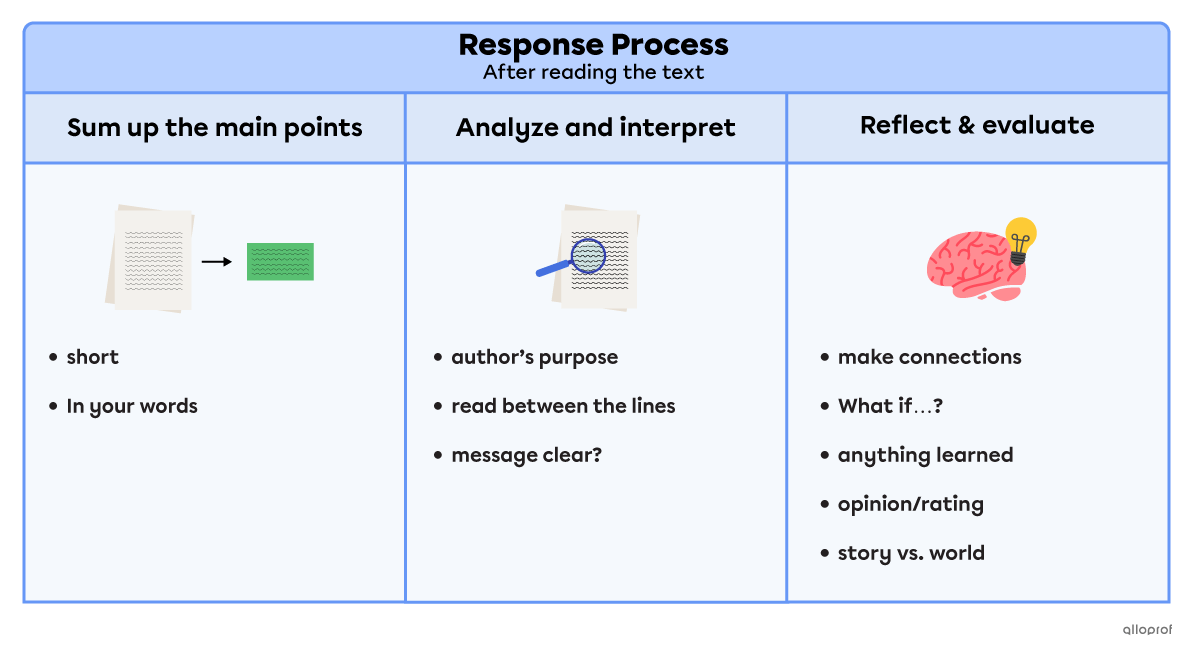
Texte bouton
Click to download.
Titre (niveau 2)
Full Response Process at a Glance
Slug (identifiant) du title
full-response-process-at-a-glance
Contenu
Image
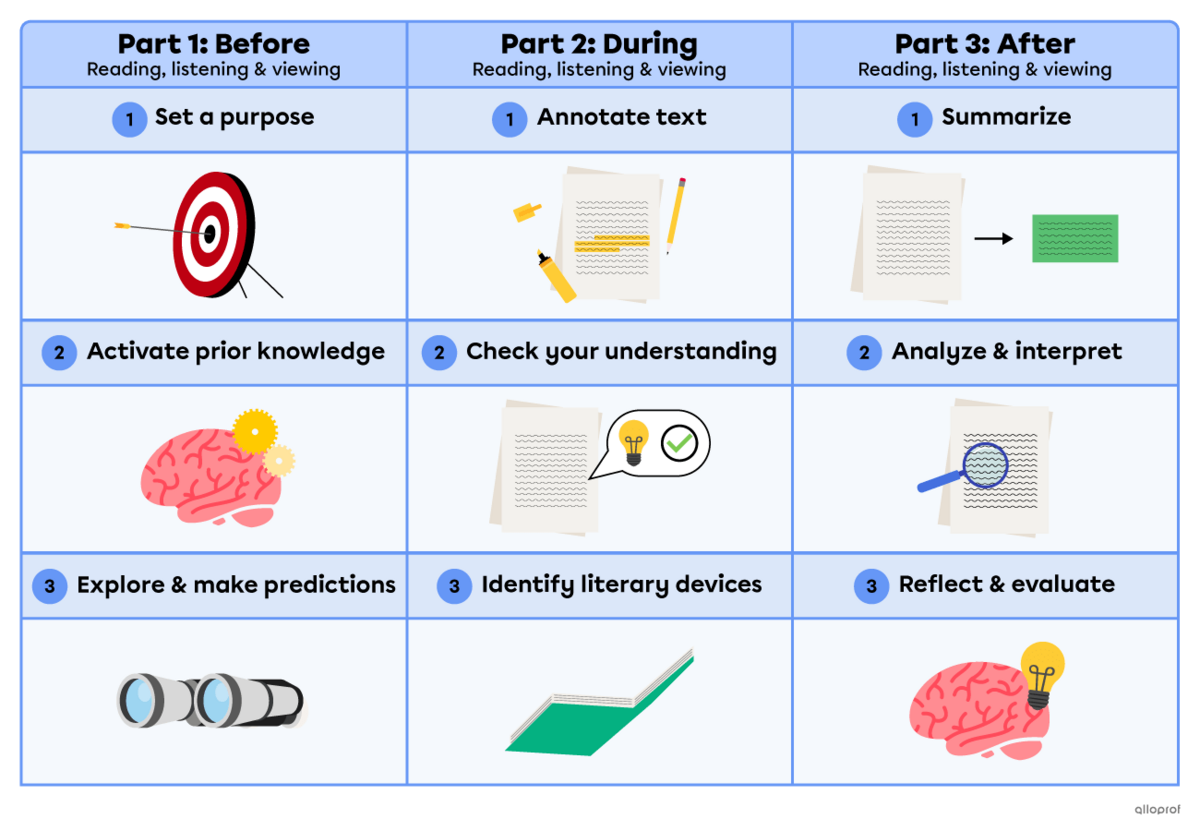
Texte bouton
Click to download.
Titre (niveau 2)
See Also
Slug (identifiant) du title
see-also
Contenu
Liens
Retirer la lecture audio
Non
Outil imprimable
Off